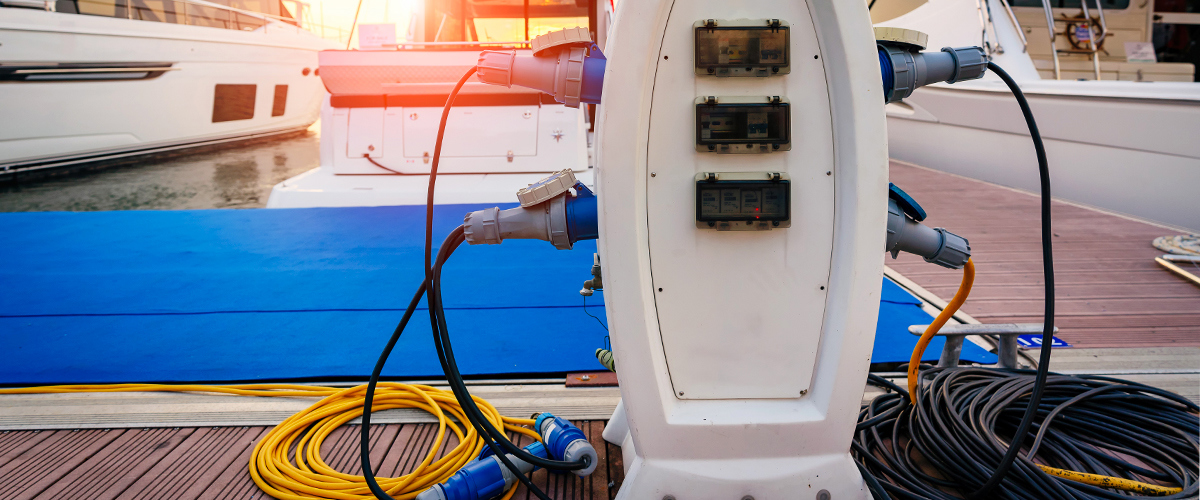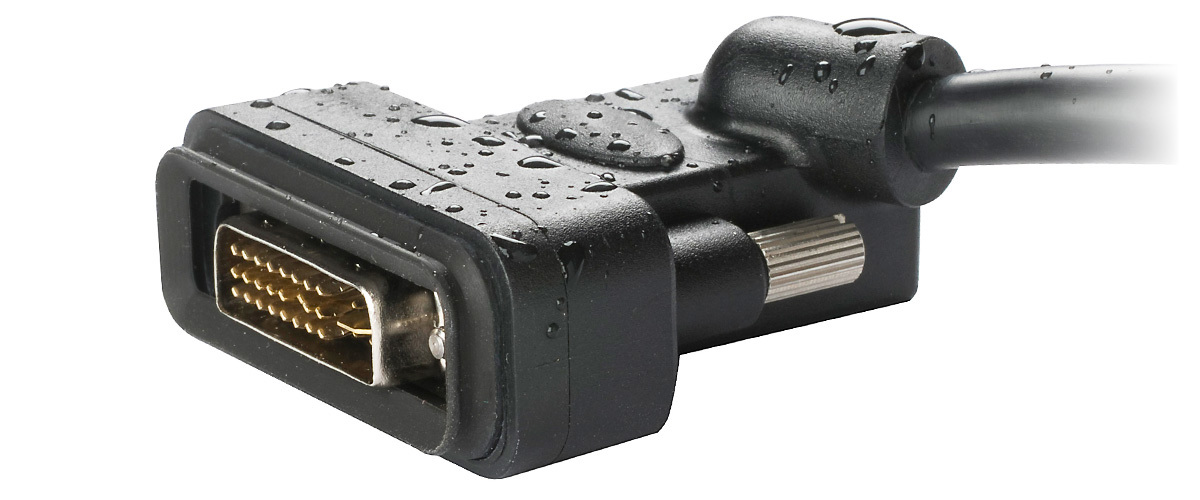Creating cables to solve common waterproofing problems
September 13, 2021 / Blog , Cable Assemblies
When designing a new product, you must consider the environmental factors it is exposed to.
For example, waterproofing is common for products that will be used outdoors. However, other environments where waterproofing your electronics is imperative include areas with high humidity or where liquids other than water, such as oil, are present. Warehouses and factories are two good examples, where machinery and cables are often exposed to splash risks.

In an age where even consumer electronics like smartphones are boasting impressive IP ratings, more and more electronic products need to be water resistant. Almost all designers understand the risk of water ingress, but not all understand that these electronic products must be waterproofed at a component level if the exterior housing design has any possible point of entry. You may think weathersealing a product’s housing can protect it, but then how will the product charge, transmit data or be interacted with? Ultimately, almost all electronics have some cable connector ports or power ports, which pose the risk of water ingress.
When designing cables and connectors for your products, you must consider the necessary IP ratings and what is required to achieve that. Sometimes a mating cable assembly and connector will be designed in tandem specifically for waterproof applications. However, it is also possible to customise the cable assembly in order to create a waterproof seal with standard connectors that are not innately waterproof; usually this is done with overmoulding.
By understanding this requirement, product designers can plan their cable connections to be waterproof from the beginning by specifying custom overmoulded cables, which not only provide robust durability but can also create bespoke seals in order to achieve a level of waterproofing up to IP68. This rating offers full protection against dust, as well as immersion in water to specified depths for extended periods. Overmoulding also brings opportunities for branding, such as colour matching with company colours or incorporating a company’s logo, which can differentiate a product from the competition.

Design requirements for waterproofing must be considered from the start of the project. For example, O-rings could be used around the overmould to create a seal inside a housing, or a shrouded hood could be added to create a seal against a panel. Design choices must also be maintained throughout, as, for example, choosing a different connector type in a second production run could compromise the waterproofing.
To make sure that their product is a success, OEM designers need to work with experienced cable assembly manufacturers like GTK, who have the technical expertise to be able to assist throughout the process. The experience that GTK brings means that designers can rest safe in the knowledge that their finished product will perform as intended, whether it needs to be safe from accidental splashes or completely protected against full immersion.